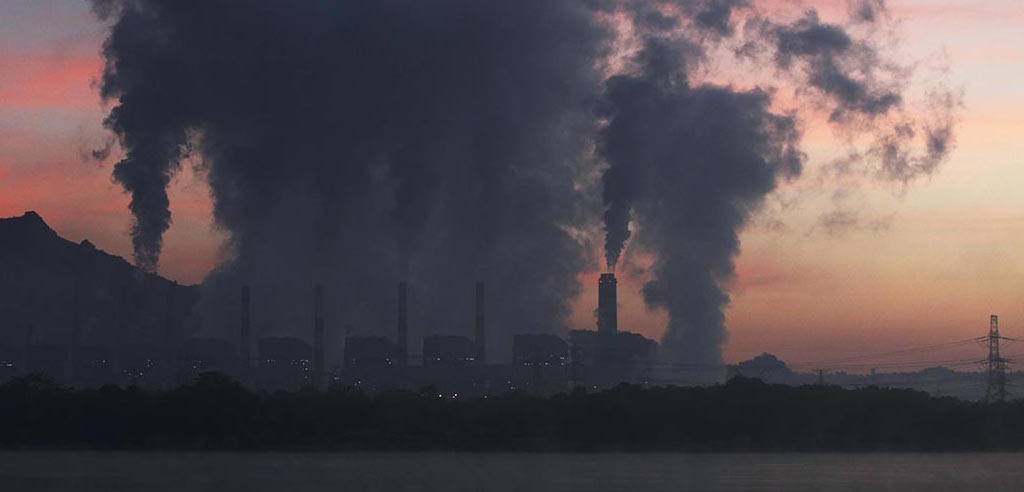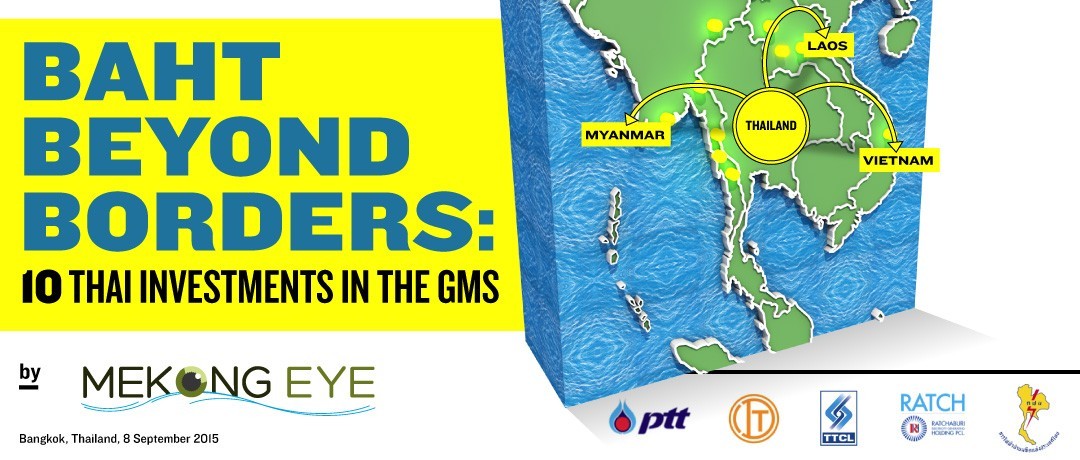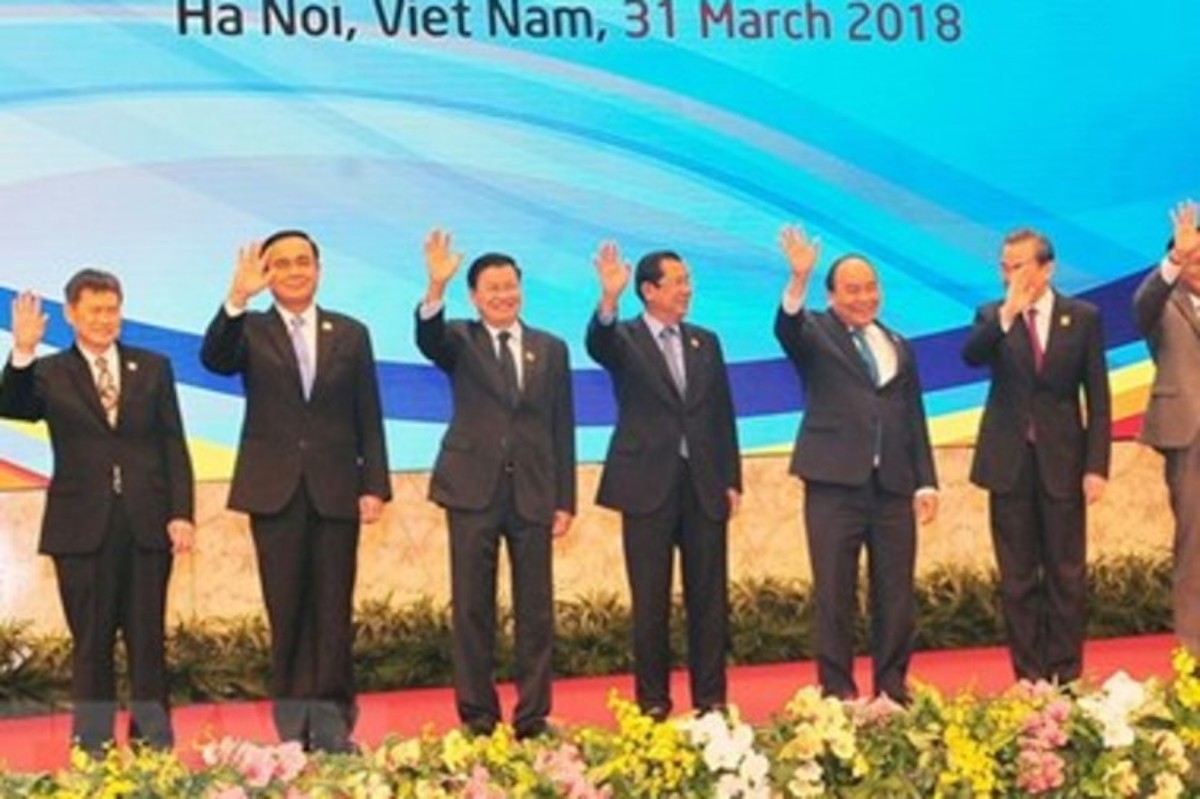While initiatives by the Asian Development Bank, ASEAN, United States, Japan, France and the private sector aim to advance renewable energy within the Greater Mekong Subregion (GMS), coal-fired power plants are slated to become an increasingly larger share of the region’s electricity generating portfolio. Moreover, despite urging that the region’s energy planners aggressively address social and environmental concerns, protests in Thailand, Myanmar, Vietnam and China illustrate ongoing opposition to the fallout from coal-fired thermal power plants.
As highlighted in October 2014, a review of GMS power integration initiatives concluded that by 2025 the number of coal plants in the GMS is expected to double to 83, with generating capacity increasing 150 percent. Though investments in clean coal research continues, especially in China, it remains unclear when significant advances will reach the marketplace to appreciably diminish the CO2 emission associated with burning more coal in the region.
Vietnam’s All In
Vietnam currently leads the Mekong Region in new coal plants. As the world’s third largest builder of coal power generators, it has more than 17 GW of coal plants under construction and another 16 GW in the pipeline. The percentage of power from coal is expected to rise from 19 percent in 2011 to 48 percent in 2020 and 52 percent in 2030, representing a 1,700 percent increase in coal power production from 2011 to 2030.
Such growth is overtaking domestic coal supplies, requiring the importation of coal from Australia, Indonesia, India and China. By 2020 it is expected that 40 million of the 70 million tons of coal needed for Vietnam’s plants will come from abroad, jumping to upwards of 170 million tons annually by 2030.
This commitment to C02-emitting coal comes despite a World Bank warning that Vietnam is, “…really ground zero for some of the most difficult [climate change] adaptation, planning challenges that any country in the world has.”
With more than 2,000 km of coastline, Vietnam is one of the most vulnerable countries in the world to the consequences of climate change. One meter of sea-level rise will inundate 5 percent of the country. In particular, Vietnam’s increasingly export-driven rice basket, the Mekong Delta, will be affected, threatening the country’s food security. Salt water intrusion, drought and flooding is already a problem for Delta inhabitants. Moreover, it’s not just the coastline that’s been affected. Vietnam is the world’s second largest coffee exporter, but has recently seen production drop 40 percent as precipitation patterns change.
Nonetheless, renewable energy’s contribution to Vietnam’s electricity generation remains small, only slated to grow from 3.5 percent in 2010 to 4.5 percent in 2020. This has caused public concern and protests. In April, some 500 people blocked the country’s main highway for more than a day demanding action to address excessive coal dust and emissions from the brand new 1,244-MW Vinh Tan 2 power plant. A lecturer from Ho Chi Minh City University of Natural Resources and Environment noted that while technology was installed to limit dust and fine particles emissions, plant operators didn’t know how to operate the equipment. Authorities are now planning to resettle affected communities.
Thailand’s PR Challenge
To the west, Thailand’s recently released 2015-2035 Power Development Plan reinforces the need for coal-fired energy generating infrastructure to keep pace with demand increases. Some 7.9 GW of additional coal generating capacity is anticipated to maintain coal’s compliment of overall power generation at 20 percent through 2035.
The Electricity Generating Authority of Thailand’s (EGAT’s) tepid response to public health concerns from its coal-fired power plants has fostered a culture of mistrust and sustained opposition to existing and proposed plants, which may impede EGAT’s plans. As a result, EGAT also pursues coal projects in neighboring countries to feed power into its domestic grid.
In February, Thailand’s Supreme Administrative Court upheld a 12-year-old decision that EGAT directly compensate victims of the health impacts from the largest of the country’s two operating coal power plants. The court further upheld that EGAT assist with relocating those who are living within a five-kilometer radius surrounding the power plant and neighboring coal mine.
This was just the latest verdict in a two-decade long struggle involving what until recently was the Mekong Region’s largest coal power plant. The 13-unit, 2,400 MW Mae Moh power plant in the northern province of Lampang has been the source of extensive health and environmental problems forcing the involuntary displacement of 30,000 people, leading to appeals to project funders, and ultimately persistent litigation. As documented by the World Resources Institute, EGAT officials have a reputation for acknowledging concerns, but failing to act. A pattern those affected fear is continuing despite the most recent court ruling.
Worried about similar outcomes, EGAT efforts to pursue several other coal plants, such as Baan Krut/Bo Nok and Hua Sai Coal have been turned-back by public opposition. Presently, residents and businesses from the seaside communes in Krabi province are too challenging EGAT. This international renowned resort tourism destination contains a 25-year mothballed coal plant that EGAT proposes to refurbish, quadruple in size and service with a new sea port. The project will directly impact 213 sq km of wetlands protected by the Ramsar convention and contrasts with current government efforts to register the coastline as a World Heritage Site. In March, the project’s environmental impact assessment was rejected following a panel of experts findings that it was misleading and incomplete. And a study by a Kasetsart University economics lecturer found that existing electricity infrastructure in the distribution area contains reserved power of upwards of 40 percent, negating the need for additional generating capacity until 2025. Critics argue further that such reserves are nationwide, negating major assumptions justifying EGAT’s 2015-2035 Power Development Plan.
The Lao, Cambodia, Myanmar Connection
This year EGAT began importing its first kilowatts from the 1,878 MW (Another 650 MW announced) Hongsa coal plant in the Lao PDR. This is Laos’ largest power plant and first coal-fired facility. Though Thailand already imports hydropower from Laos, this will be its first foray into coal from abroad. EGAT’s under a 25-year contract to purchase 1,473 MW with the balance used domestically. Similar to Mae Moh, the plant is served by an adjacent open pit lignite mine spanning 60 sq km. Some 2,000 people required resettlement, but updated information on their effective compensation and livelihood situation are not available as the Lao PDR bans international NGOs from interacting with affected communities. Thai communities 30km to the west have raised fears of pollution at the plant, but authorities stress emissions will be regulated to high standards.
EGAT had designs on constructing similar facilities in Cambodia, but withdrew when investors feared their was insufficient demand for long-term purchases. Last year, however, Cambodia did commission its first coal facility, 100MW to advance its energy independence longtime reliant on purchase of electricity from Vietnam, Thailand and Laos. Another 400 MW facility is scheduled to begin coming on line later this year.
To the west EGAT is working with Myanmar to pursue developing a 2,460 MW coal power plant at Myeik. This follows the inability to overcome public resistance to construct a 4,000 MW plant (now scaled-down 1,800 MW) within the Dawei Special Economic Zone, 350 km west of Bangkok. Myeik is one of 12 coal power plants currently undergoing various phases of review within Myanmar.
With only 4,360 MW of installed capacity and only 20 percent of its population connected to its grid, Myanmar’s Ministry of Electric Power has estimated a need for 23,600 MW of new power generation to meet the country’s demand by 2030. In March, however, the Ministry announced a slow down in its push for coal power plants, largely the result of public opposition and the need for additional information. Public resistance is not surprising, as like Thailand’s Mae Moh, Myanmar’s own legacy with coal plants has been controversial. The country’s only operating coal plant, the 120 MW Tigyit facility completed in 2002 is awash in conflict. Poor management of the open pit lignite mine and its waste, combined with haphazard disposal of toxic fly ash from the power plant has polluted soils, crops and waterways, including Inle Lake, Burma’s second-largest and listed as a Heritage Park by the Association of Southeast Asian Nations (ASEAN). There was now structured compensation plan for affected people, mainly land grabbing and intimidation to secure access to the mine and power plant sites.
Over the past year there have been increasing protests against coal projects including at EGAT’s proposed Myeik site. The same is true for hydropower proposals. As a result, some argue that Myanmar may increasingly emphasize natural gas power plants.
China’s Crossroads
China’s Yunnan province contains 86 percent of the Mekong Region’s coal reserves, 24,000 million tons. However, hydropower, not coal drives the provinces power development planning. Only 3,000 MW of coal-fired power germination are presently planned for Yunnan, whereas more some 100 GW of hydropower are on the drawing board.
Meanwhile, neighboring Guangxi province currently houses the Mekong region’s largest installed capacity of coal power plants. It is also China’s third leading importer of coal from abroad, more than 100 million tons in 2014 with additional port expansions planned. Some 4,000 MW have been constructed since 2010 and another 13.2 GW are planned.
While China’s domestic climate policies and international climate commitments will increase pressure to curb expansion of the country’s coal-fired generating capacity, emphasis is being placed on reductions in the east. More than 70 percent of coal projects planned in China are in western provinces including Yunnan and Guangxi. But evolving public concerns in China too may impact this trajectory. The widespread interest in Under the Dome, the unprecedented Chinese documentary of the human health and environmental impacts of coal in China illustrates the domestic appetite for more complete information.
Nonetheless, as the market price for raw coal continues to tumble, energy planners in the Mekong region will be hard-pressed not to pursue plans for building more coal-fired plants. However, public concerns about coal in the region are trending in the opposite direction. And as coal’s potential human health and environmental costs become better understood, addressed recently by an International Monetary Fund economist, the dynamics surrounding coal in the region could change—possibly removing some of the many barriers to a swifter uptake of renewable energy in the region.






2 replies on “Coal Power on the Rise: Mekong Region Digs In”
Comments are closed.